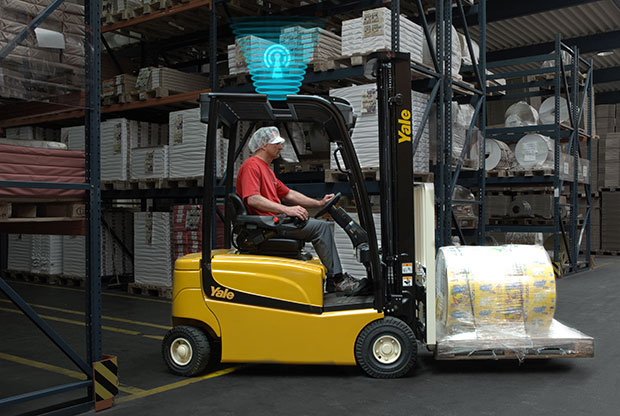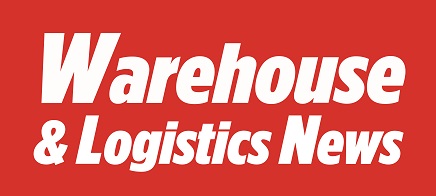Europe has seen dramatic growth in warehousing and related industries. With a greater workforce, comes greater potential for surging injury and illness rates. So how can your warehouse take steps to help reduce incidents and manage forklift safety? Read on for advice from Yale Lift Truck Technologies.

In recent years, warehousing and distribution centres have experienced tremendous growth. In terms of revenue, Europe accounted for 22.8% of the global warehousing market in 2024, and is expected to grow to a revenue of $385.2 billion by 2030.
According to EU figures, the transportation and storage sector, which includes warehousing, employs around 10.4 million people. Other sources suggest that warehouses employ 781k employees in Europe, a growth of 3.6% over the previous 5 years.
The influx of workers into the warehousing industry, accompanied by high employee turnover, may exacerbate common safety challenges. In Europe, the transportation and storage sector has a relatively high rate of fatal and non-fatal accidents at work compared to other sectors, with big variation in incident rates between different countries.
Warehouse operations need to make improvements to reduce these injuries, and the lost days associated with them, addressing the root causes of worker injuries and taking steps towards rethinking health and safety practices.
Lift truck safety is multi-faceted, site-specific and requires a comprehensive approach. Warehouses can be busy, noisy and include hot and cold environments. Lift truck operators must carefully manoeuvre and place loads at significant heights and navigate tight spaces and congestion. Beyond the inherent complexities of working safely and effectively in these settings, each 90,000 or so square metres of warehouse space requires around 80 to 100 lift trucks, and difficulty sourcing and retaining staff can result in warehouses using a larger share of inexperienced operators.
Examples of types of accidents involving forklifts and some of the possible causes or contributing factors include:
Forklift tip-overs – turning too quickly, uneven, or unbalanced loads, abrupt mast movement, turning on an incline and driving with the load elevated or on uneven surfaces.
Accidents involving pedestrians – undisciplined or untrained work force, insufficient traffic separation between forklifts and pedestrians, improper use of warning signs, traffic controls and signals; pedestrian and operator inattention and carelessness.
Falling loads – lack of appropriate load backrest for the loads in question, damaged overhead guard, damaged forks, or attachment; moving, lifting, or tilting the mast too quickly; and improper load creation.
Forklift falling off a dock or trailer – trucks or trailers rolling away; insufficient control procedures or dock locking equipment; slippery floors; worn or damaged truck or trailer floors; improper or missing dock plate; and undisciplined or untrained work force.
Personnel falling from forks or personnel platforms – absence of or insufficient work policy regarding safe lifting practices utilising dedicated personnel lifting equipment; absence of dedicated aerial lifts; improper use of wrong equipment type for lifting personnel; use of unapproved, unattended, and unrestrained lifting platforms; lifting on sloped ground; and prioritising speed and convenience over safety.
Impacts with other equipment or objects – operating too closely to other forklifts in front of or around the truck, travelling too fast for the warehouse layout, travelling without a full field of vision, or not looking in the direction of travel.
Operator training, compliant with local legislation, is an essential foundation for safe operation. A properly administered forklift and pedestrian training programme is a highly effective means of significantly reducing forklift accidents.
Lift truck technologies can provide varying types and degrees of support for managers or operators, such as providing a data-based view of problem areas or operating practices that require attention, helping to enhance situational awareness or even automatically reinforcing operating best practices. This could include forklift telemetry solutions, like Yale Vision, or operator assist solutions, like Yale Reliant.
Every warehouse is unique, and technology can be an operational tool and additional layer of support for many forklift operations. However, the right solutions will always depend on the needs of the specific application.
Get advice on the right options for your warehouse from your local expert Yale dealer: www.yale.com




Comments are closed.